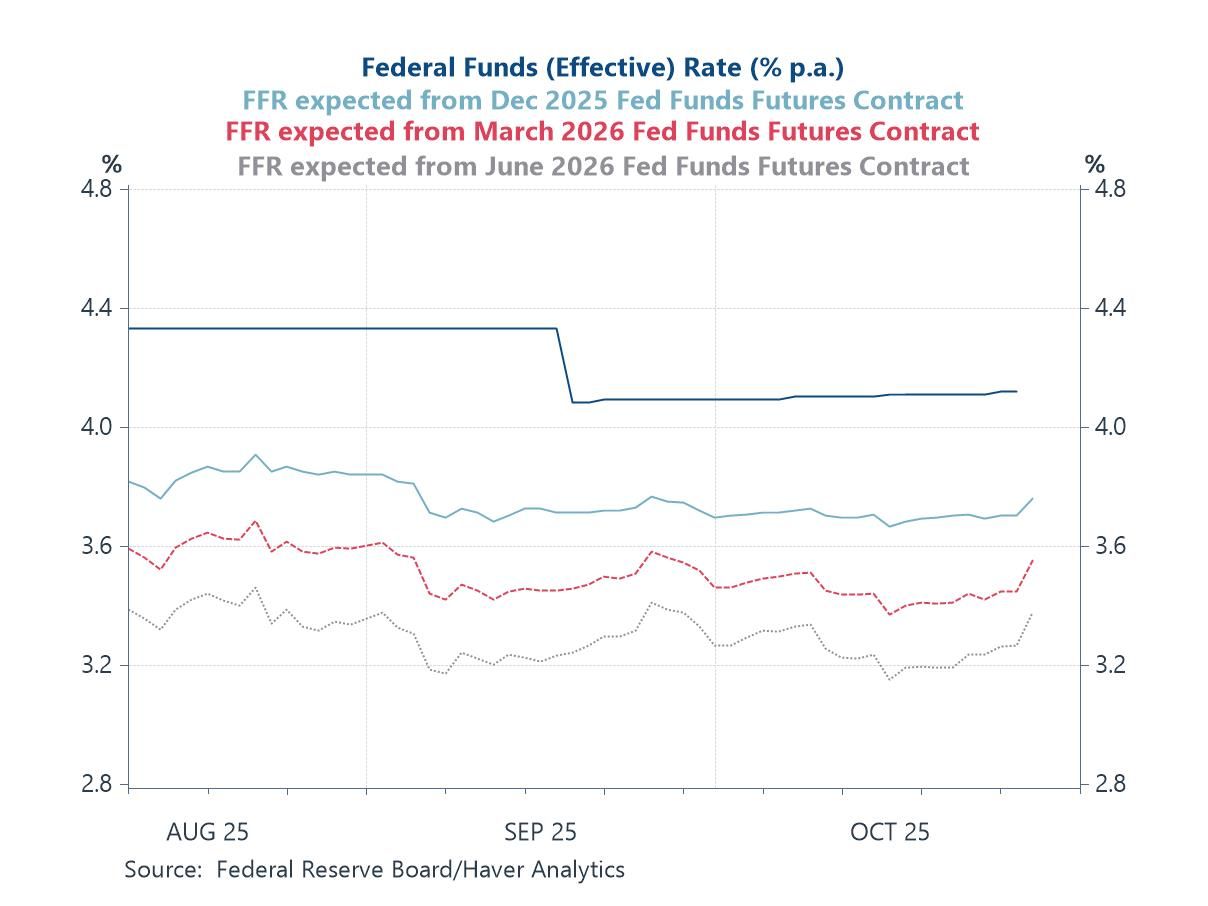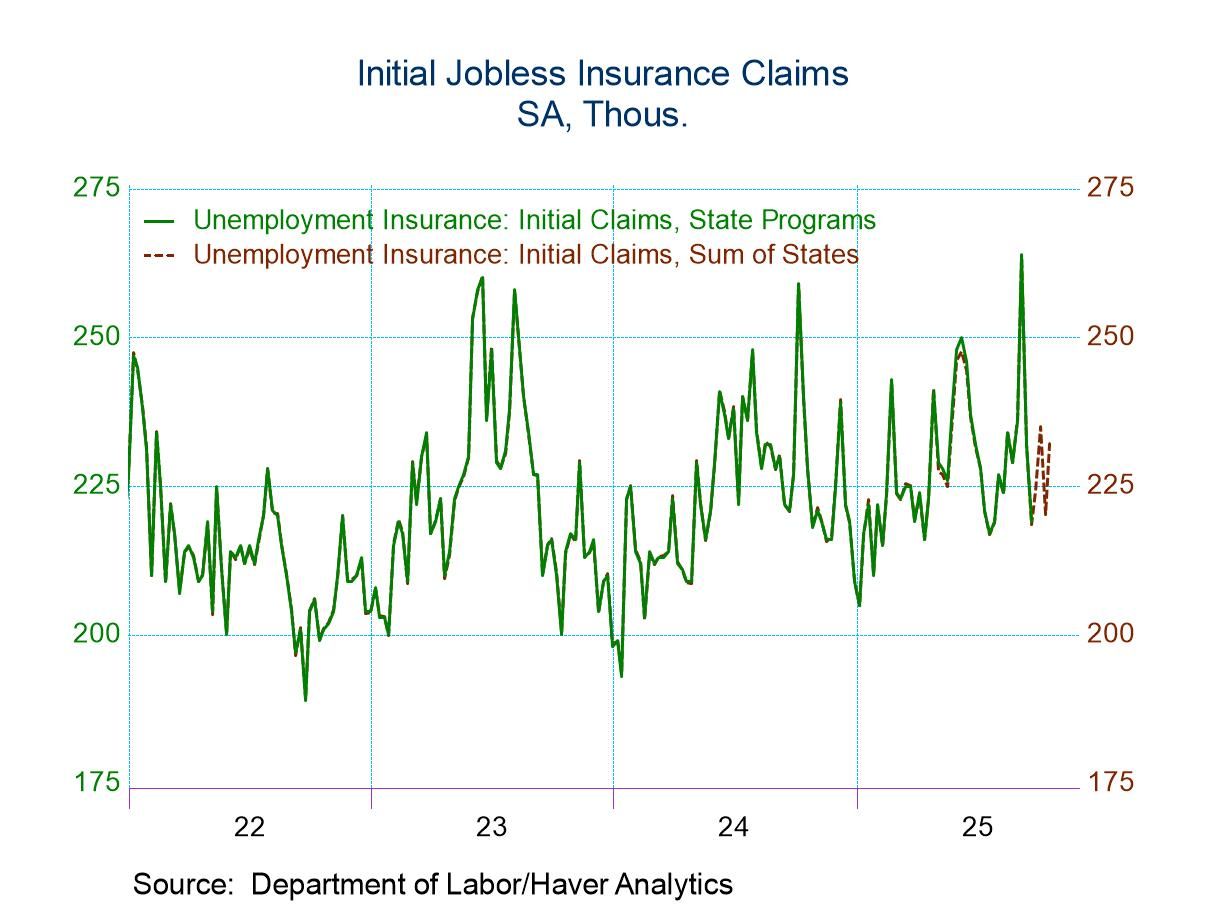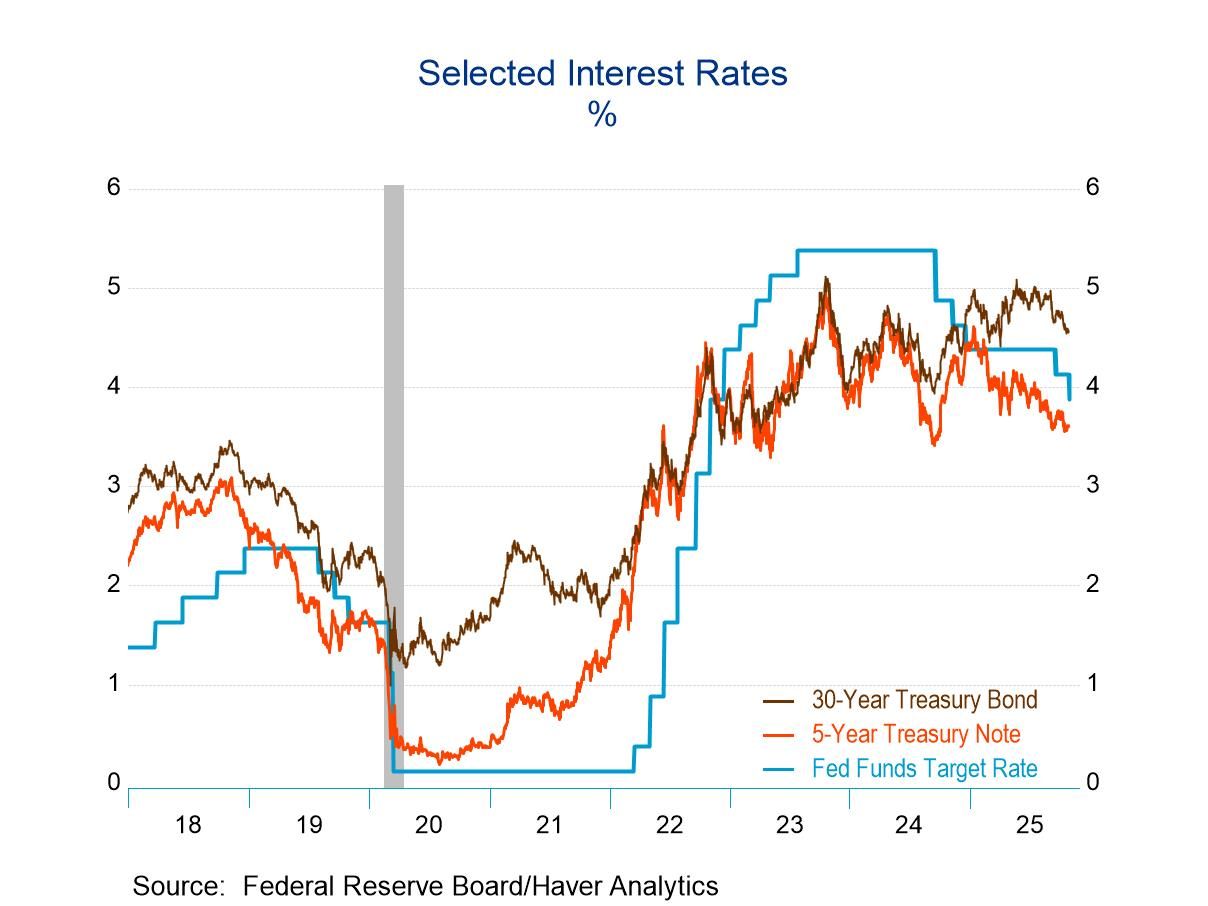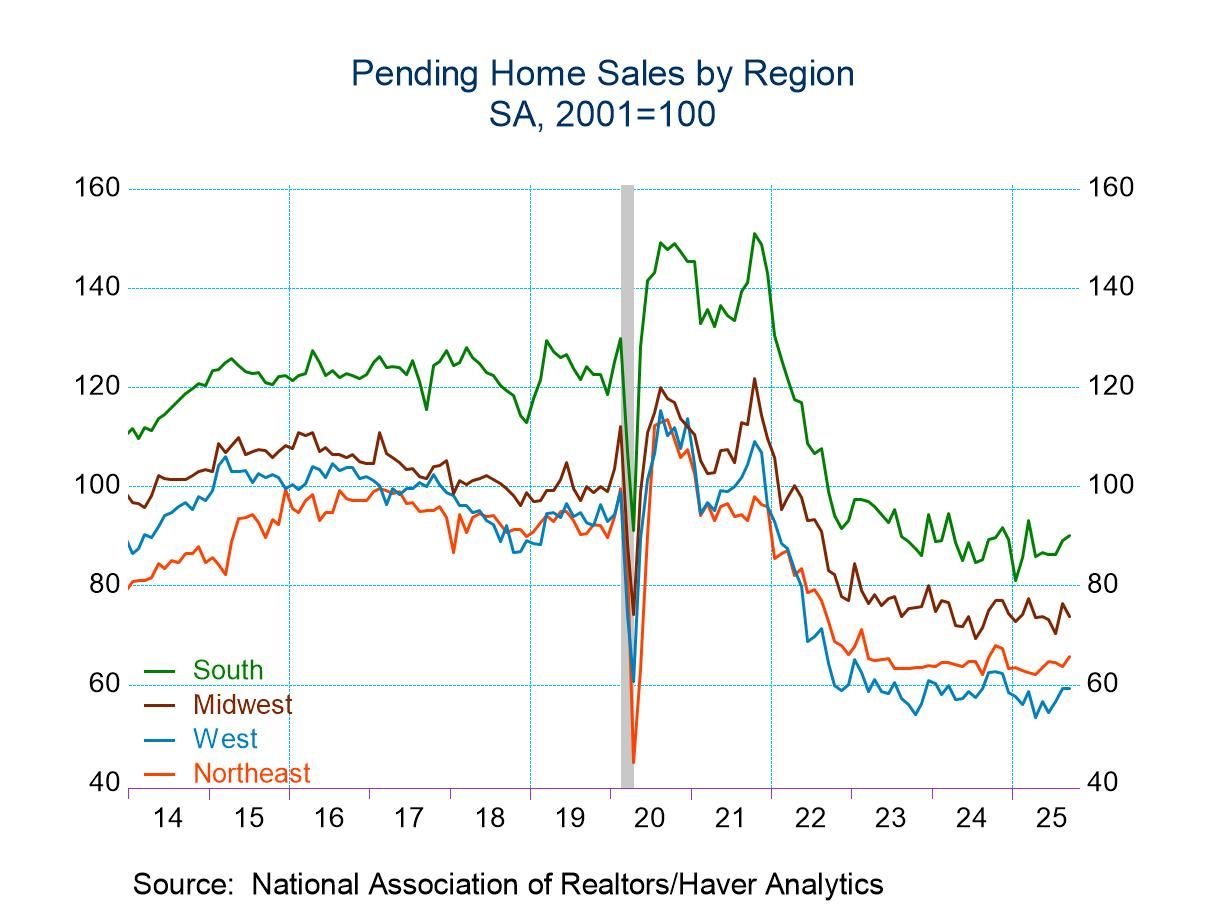 Global| Jul 28 2014
Global| Jul 28 2014Italian Business Sentiment Tails Off
Summary
Both Italian business sentiment and consumer sentiment dipped in July. This comes at a time of irregular readings around the euro area. The new reading is for Italian business sentiment. It has dipped from 99.9 in June to 99.7 in [...]
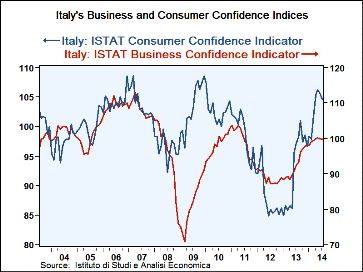 Both Italian business sentiment and consumer sentiment dipped in July. This comes at a time of irregular readings around the euro area. The new reading is for Italian business sentiment. It has dipped from 99.9 in June to 99.7 in July, its second straight, but small, monthly drop.
Both Italian business sentiment and consumer sentiment dipped in July. This comes at a time of irregular readings around the euro area. The new reading is for Italian business sentiment. It has dipped from 99.9 in June to 99.7 in July, its second straight, but small, monthly drop.
The chart shows that both Italian and consumer and business sentiment have been through a period of revival but both are losing momentum again. Business confidence peaked in 2007, fell and rebounded reaching a lower peak in early 2011. The current episode marks a tentative peak lower than the 2011 peak and one with a rounded top. Italy's business rebound appears to be losing steam and it may have peaked.
The table shows the supporting specific data. The additional metrics there show that the current index sits in the 46th percentile of its historic queue of data. That leaves it below its median (which resides at a rank of 50).
Overall orders stand at a raw reading of -23 and stand in the 43rd percentile of their historic queue. Orders are stronger 57% of the time and weaker 43% of the time. This is a weak reading. Even so, the foreign orders reading sits at a -21 diffusion value which has a higher percentile standing at its 53 percentile.
Each of these series is evaluated for its percentile standing vs. its own history of values. The fact that the foreign standing is higher than the overall standing suggests Italian industry is competitive or that foreign demand is just that much stronger than Italian domestic demand. It does point the finger at weak Italian domestic growth as the larger culprit for industrial weakness.
Italy's results fit in with other reports on European economic health that we have so far. The one more positive reading for the EMU has come from the Markit PMIs for manufacturing and services. Still, we continue to get weak readings from traditional economic reports even when the diffusion readings are giving off more positive signals. This keeps us somewhat off balance in trying to assess the true condition of Europe at the moment. Italy's sentiment readings fit in with what traditional surveys are telling us about Europe; that there may be some slippage but not any severe backtracking and certainly, no new rebound in force just yet.

Robert Brusca
AuthorMore in Author Profile »Robert A. Brusca is Chief Economist of Fact and Opinion Economics, a consulting firm he founded in Manhattan. He has been an economist on Wall Street for over 25 years. He has visited central banking and large institutional clients in over 30 countries in his career as an economist. Mr. Brusca was a Divisional Research Chief at the Federal Reserve Bank of NY (Chief of the International Financial markets Division), a Fed Watcher at Irving Trust and Chief Economist at Nikko Securities International. He is widely quoted and appears in various media. Mr. Brusca holds an MA and Ph.D. in economics from Michigan State University and a BA in Economics from the University of Michigan. His research pursues his strong interests in non aligned policy economics as well as international economics. FAO Economics’ research targets investors to assist them in making better investment decisions in stocks, bonds and in a variety of international assets. The company does not manage money and has no conflicts in giving economic advice.



